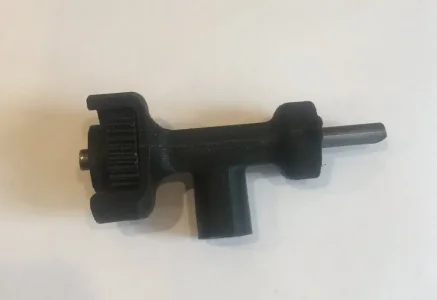Hey Guys,
What material would you reccomend for mold making for casting aluminum?
I bought a 3D printer, and am hoping to print the positives (is that right?) for mold making. --> Will be encasing the 3d print in plaster(, or whatever you reccomend) then baking the plastic (PLA) out, leaving a mold behind.
Just have to source something I can use to make the mold, ideally inexpensive, ideally at a home depot or similar.
Going to start with something coffee can sized as a proof of concept and learning experience.
Will take pics as I go.
What material would you reccomend for mold making for casting aluminum?
I bought a 3D printer, and am hoping to print the positives (is that right?) for mold making. --> Will be encasing the 3d print in plaster(, or whatever you reccomend) then baking the plastic (PLA) out, leaving a mold behind.
Just have to source something I can use to make the mold, ideally inexpensive, ideally at a home depot or similar.
Going to start with something coffee can sized as a proof of concept and learning experience.
Will take pics as I go.


